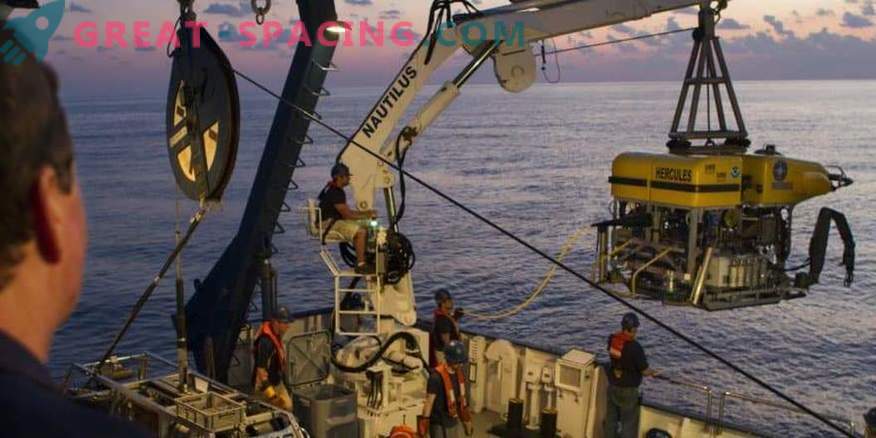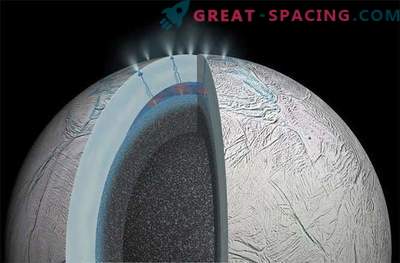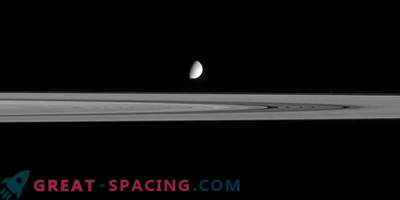
Today we launched a new expedition that will help NASA search for life in deep space. It differs only in that it was launched not with a rocket roar, but with a loud splash into the waters of the Pacific Ocean. The SUBSEA (Systematic Underwater Biogeochemical Scientific and Research Analogue) project will use underwater robots to study the biology, geology, and chemistry of the environment around a deep-water volcano off the coast of Hawaii. The researchers believe that these conditions are reminiscent of those that can exist on Enceladus (satellite of Saturn). Studying the extreme conditions in which terrestrial life can survive helps to understand how this happens in the other oceanic worlds of the solar system. To implement SUBSEA, NASA had to unite with partners from the National Oceanic and Atmospheric Administration. Two remote robots Hercules and Argus lowered from the board of the exploration vessel Nautilus. The SUBSEA team will spend 3 weeks at sea studying the volcano and simulating human-robotic research for future long-range space missions.











































